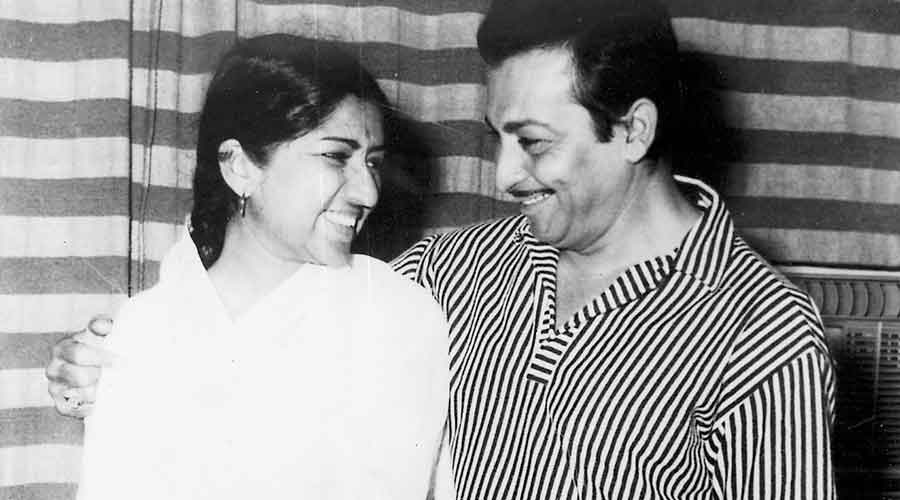The proliferation of cassettes had triggered a tug-of-war for consumers in India’s music industry on Lata Mangeshkar’s songs, with one side pushing them through “copy singers”, the other seeking to market her own voice.
A cinema scholar who has documented how technology influenced film music practices said on Sunday that while cassettes had democratised music in India during the late 1970s and 1980s, they disrupted the industry and impacted how Mangeshkar’s songs were sold.
“Cassette technology brought big changes — for consumers, for industry and for aspiring singers inspired by Lata Mangeshkar,” said Shikha Jhingan, an associate professor at the school of arts and aesthetics at Jawaharlal Nehru University, New Delhi.
For nearly three decades after Independence, films, radio, and gramophone records were the primary channels through which Mangeshkar’s voice was heard and circulated. Gramophone records were expensive and not widespread.
“But there was hunger for music in India — and the relatively inexpensive cassettes filled that need,” Jhingan said. Cassettes allowed everyone — whether teenagers or truck-drivers — to choose songs and listen at will.
Amid those trends, Jhingan said, sections of the music industry reintroduced Mangeshkar’s songs, not in her own voice, but through aspiring artistes imitating her voice and sold them on cassettes at much lower prices than records.
These copy singers were expected to listen and learn from Mangeshkar’s songs to be able to reproduce the songs in a voice as close to the original as possible, said Jhingan who had published a research paper on the topic in the journal BioScope in 2013.
Gulshan Kumar’s Super Cassettes Industries was among the biggest players in the business and was able to release film songs even before the films. Their cassettes — sold as T-series — with songs by copy singers sometimes would feature Mangeshkar’s photo on the front cover and names of the copy singers on the back cover. The result was an upsurge in the circulation of Mangeshkar’s songs not in her own voice but those of the copy singers.
The Gramophone Company of India (HMV), the custodian of Mangeshkar’s songs sold on records, at that point had itself not invested in cassettes and began to lose revenues. In response, Jhingan said, HMV adopted novel marketing strategies to stake claim over Mangeshkar’s “authentic” voice.
From the 1980s up to the mid-1990s, HMV introduced compilations of film songs of the 1950s and 1960s in what Jhingan views as an attempt to evoke nostalgia for the past. Many of these albums contained songs exclusively sung by Mangeshkar.
The company also repackaged content from its own archives for release as brands with titles such as Moods and Memories or Enchanting Hour, and launched special albums that would feature not just Mangeshkar’s songs but also short messages from her.
In 1987, HMV itself released a four-cassette album titled My Favourites that featured Mangeshkar in the dual role of a singer and a storyteller. The songs in the album were punctuated by Mangeshkar’s narrative account of her own experiences of recording the original songs.
For HMV, Jhingan wrote in her paper, Lata symbolised not just the golden period of Hindi film songs over which they had enjoyed a monopoly for more than 50 years, but also that they were “the owners of her authentic recorded voice”.











